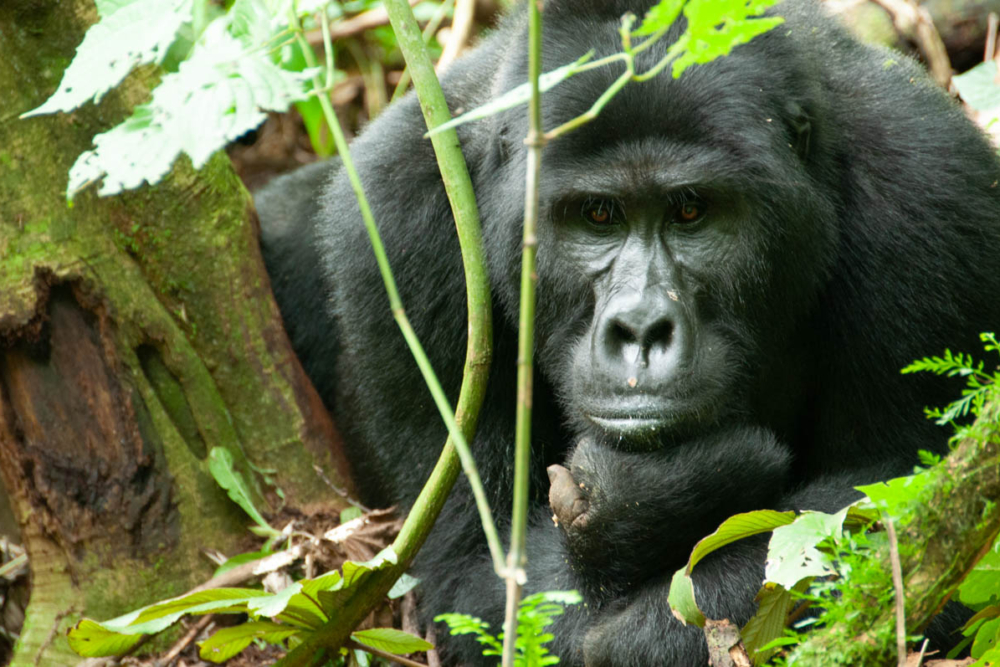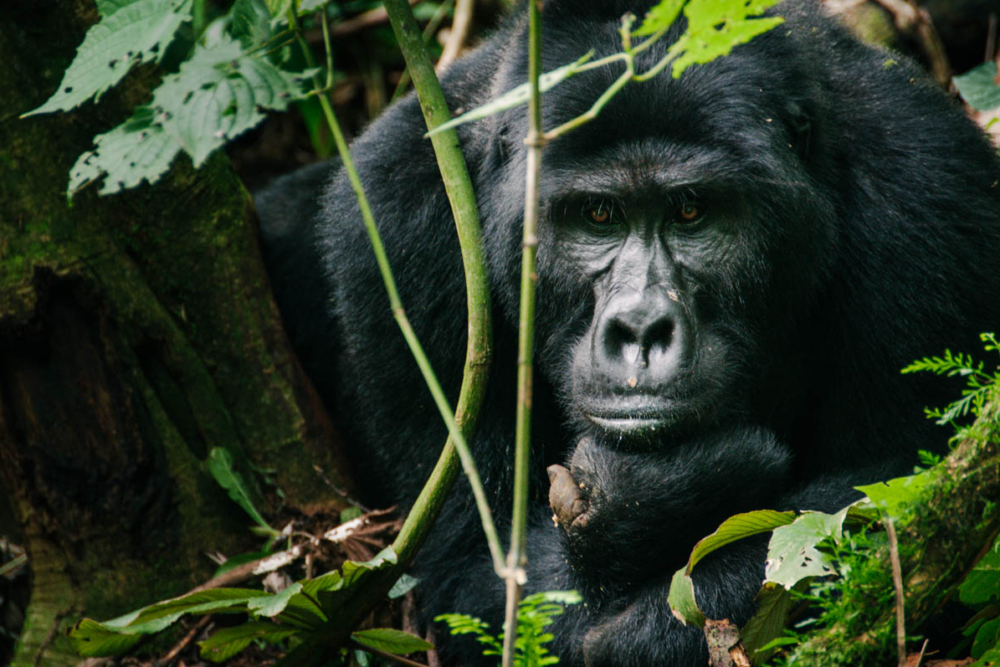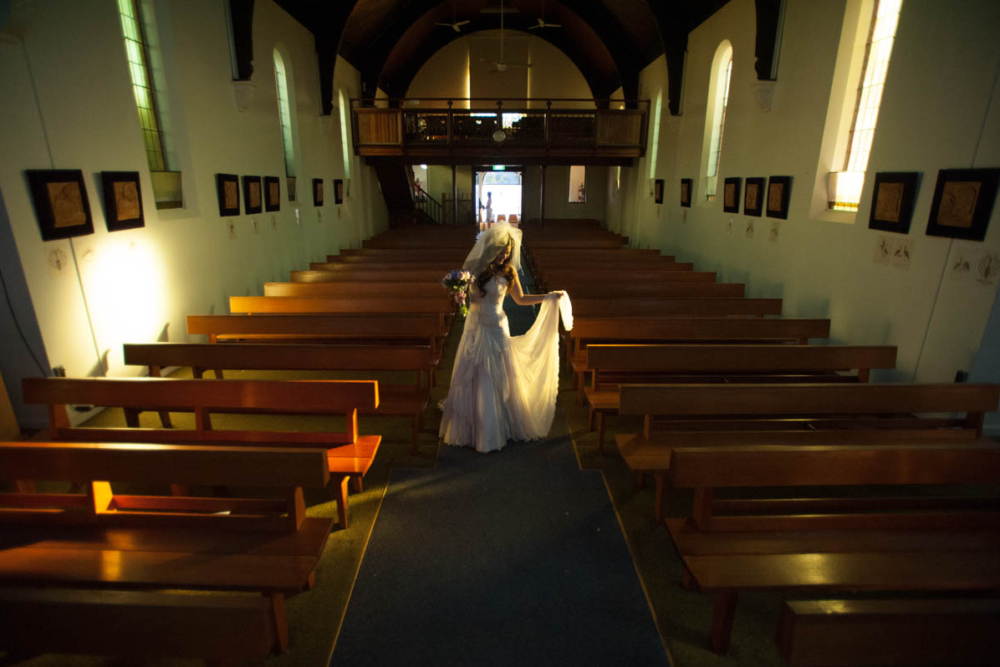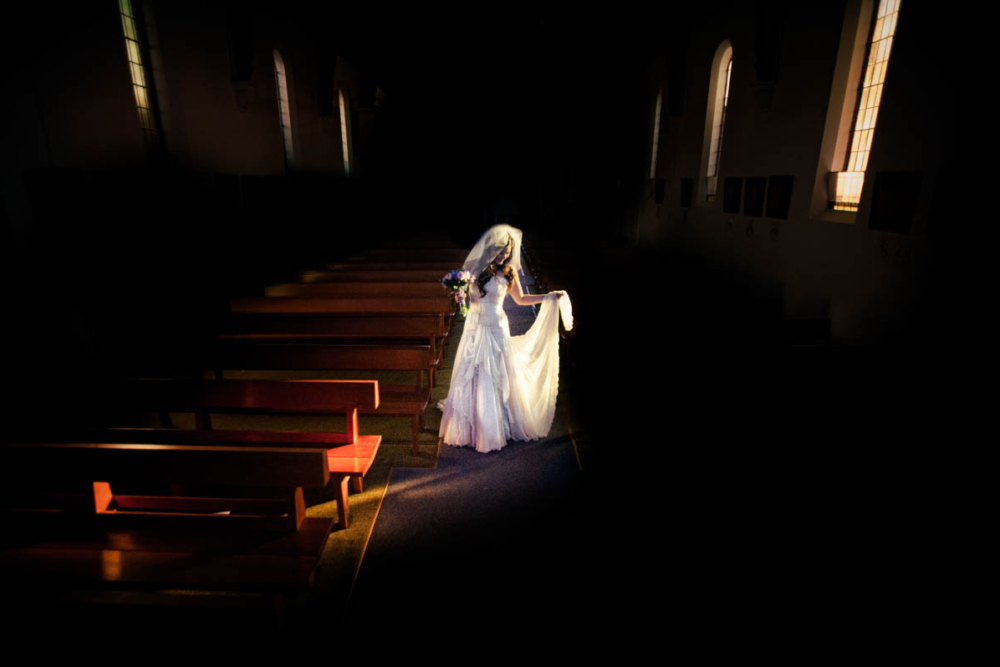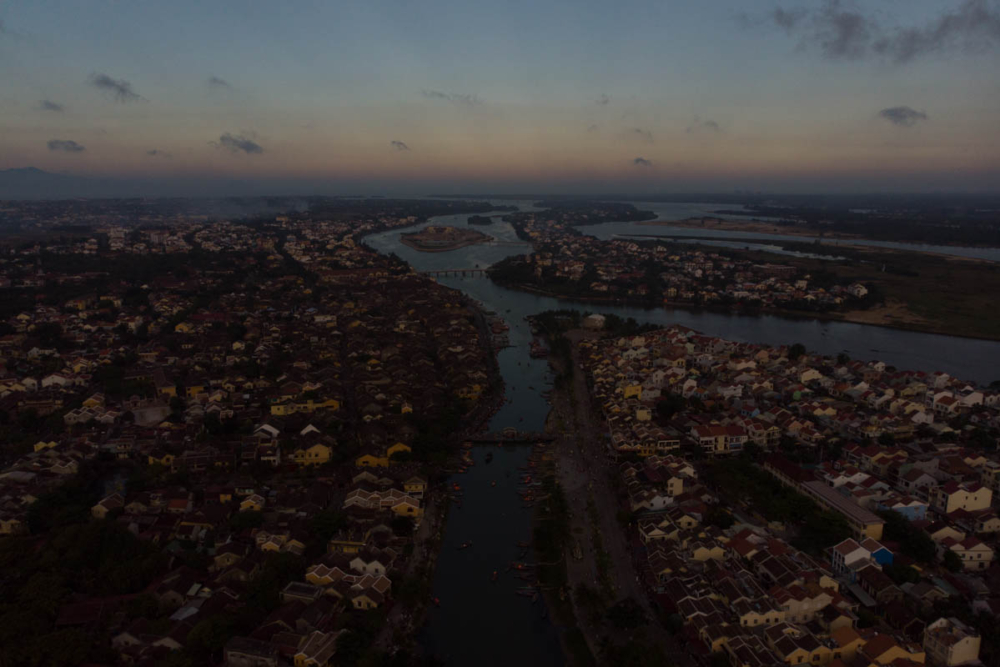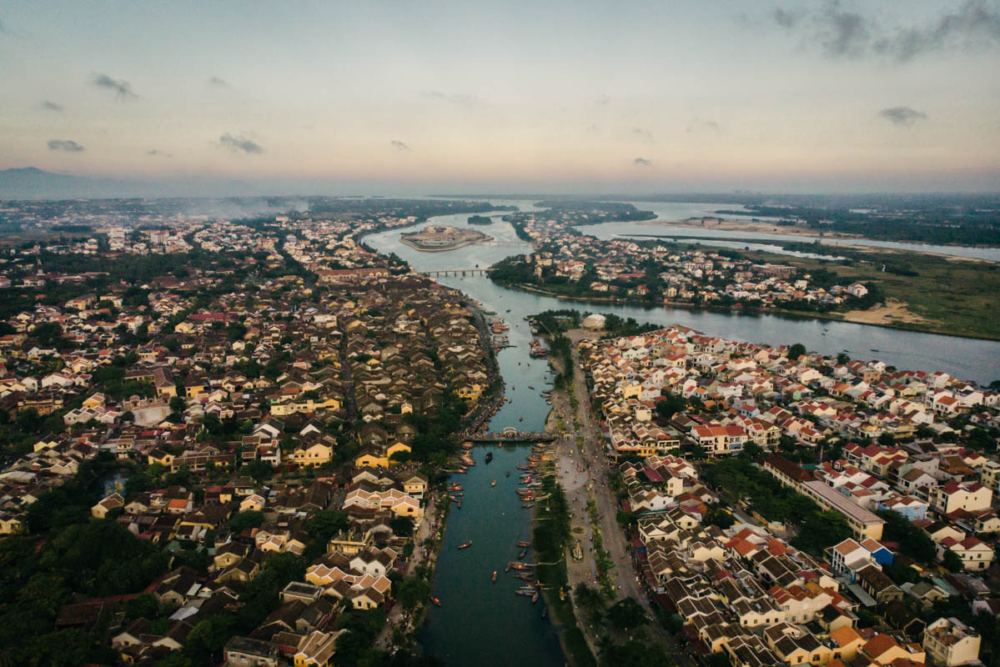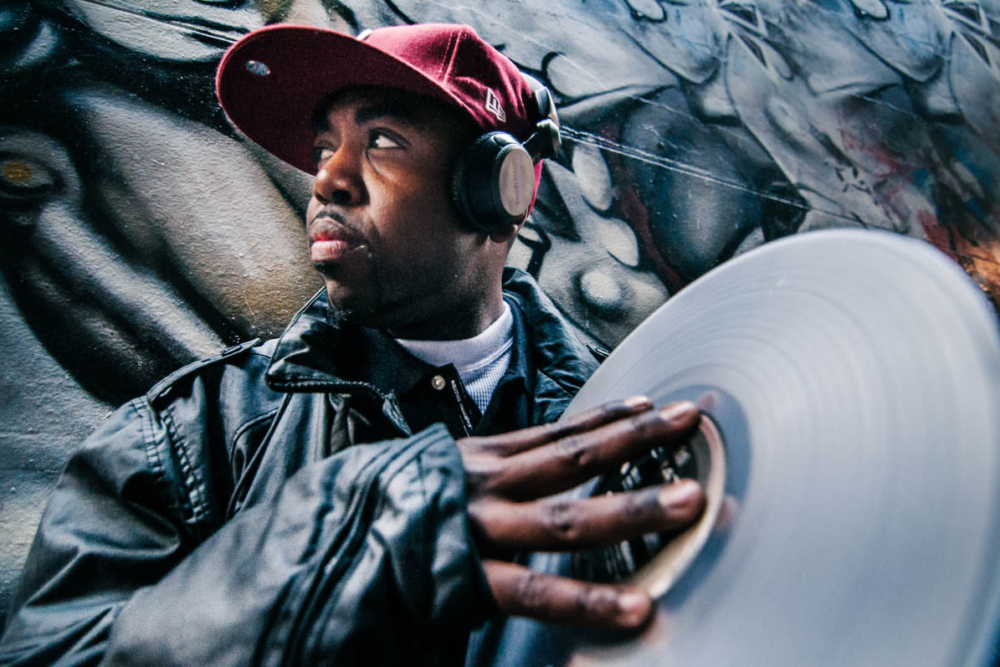Nikon Z6 vs Z6 II
1 minute comparison
Dual Image Processor
The Z6 II boasts dual EXPEED 6 processors, a significant improvement over the single EXPEED 6 processor in the original Z6. This additional processor enhances various aspects of the camera, such as buffer, autofocus, and continuous shooting speed, making the Z6 II faster and more efficient.
Continuous Shooting Speed and Buffer
With the ability to shoot up to 14 FPS and capture up to 124 images in its buffer when shooting in 12-bit lossless compressed RAW, the Z6 II surpasses the Z6’s 12 FPS shooting speed and 35 image buffer. This improvement means the Z6 II can capture fast action for a longer period before its buffer fills up.
Improved Autofocus
The Z6 II’s low-light sensitivity range of -4.5 to 19 EV outperforms the Z6’s range. Additionally, the Z6 II includes Eye autofocus in Wide Area AF mode and when shooting videos, features absent in the Z6.
Enhanced Video Capabilities
The Z6 II can shoot 4K video at up to 60 FPS, a noticeable improvement over the Z6’s 30 FPS limit. The Z6 II also supports HDR and HLG output via its HDMI port, a feature not present in the Z6.
Dual Memory Card Slots
Unlike the Z6’s single CFexpress/XQD memory card slot, the Z6 II includes dual memory card slots, offering compatibility with UHS-I and UHS-II SD memory cards in addition to CFexpress/XQD cards.
Firmware Features
The Z6 II offers enhanced firmware features like the ability to shoot timelapses while simultaneously creating videos from the timelapse files, and shooting up to 900 seconds without a remote. These features are not available in the Z6.
Battery and Battery Grip
The Z6 II uses the new EN-EL15c battery, offering improved battery life over the Z6’s EN-EL15b. The Z6 II also supports the MB-N11 battery grip, while the Z6 only supports the MB-N10 battery pack.
USB Power and Transfer
Unlike the Z6, the Z6 II supports continuous power supply via its USB port and simultaneous USB power and file transfer, making it more versatile and efficient.
Size and Weight
The Z6 II is slightly heavier and thicker than the Z6 due to the additional hardware, but the difference is minor and probably not noticeable to most users.
EVF Refresh Rate and Blackout
The Z6 II offers an improved EVF refresh rate and reduced viewfinder blackout compared to the Z6, further enhancing its user experience.
In conclusion, the Nikon Z6 II holds many advantages over the Z6, making it a more versatile and efficient camera choice.
In this one-day, online photography course, you will learn everything you need to know about digital photography post production using Lightroom. ie, how to “develop” your RAW files.
Lifetime access, lifetime of updates, $499.
You will learn exactly how to develop these photographs in Lightroom with National Geographic Featured Photographer Daniel Bilsborough. Start Using Lightroom Like a Pro In One Day.






